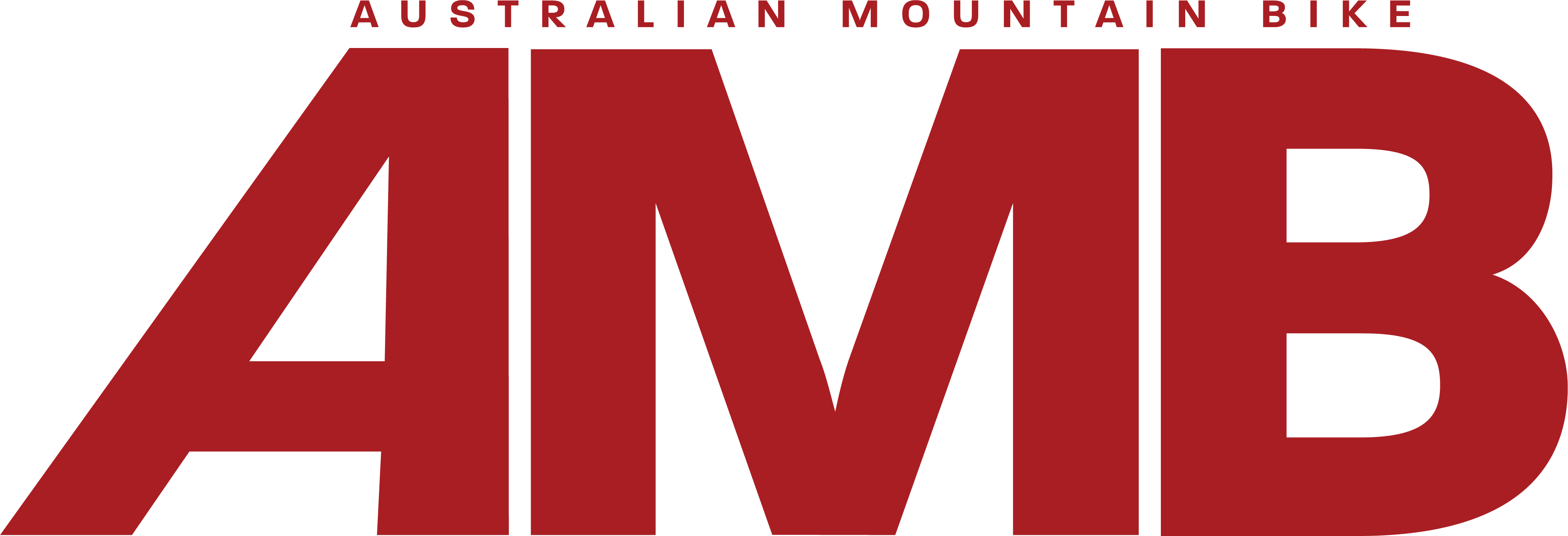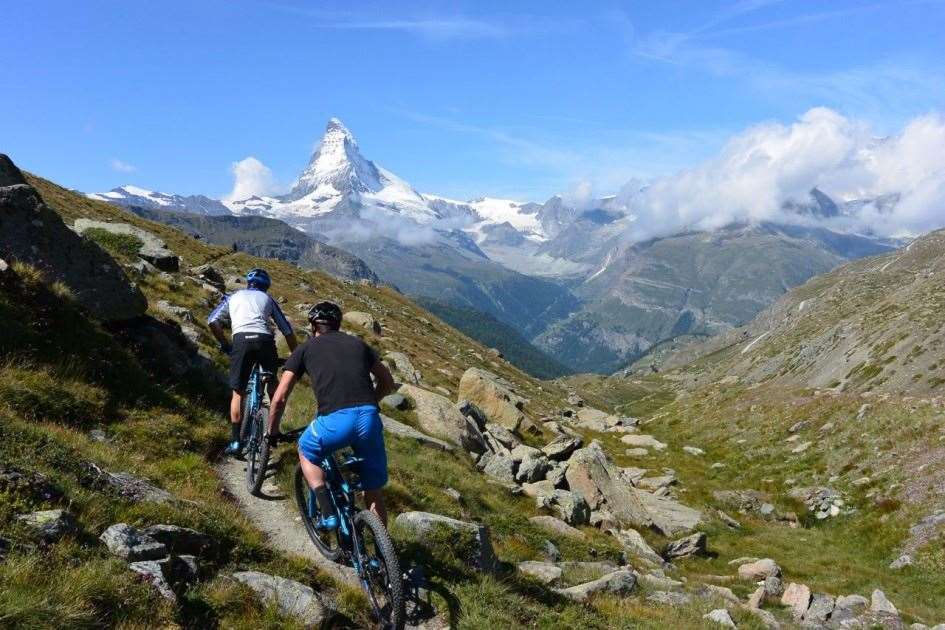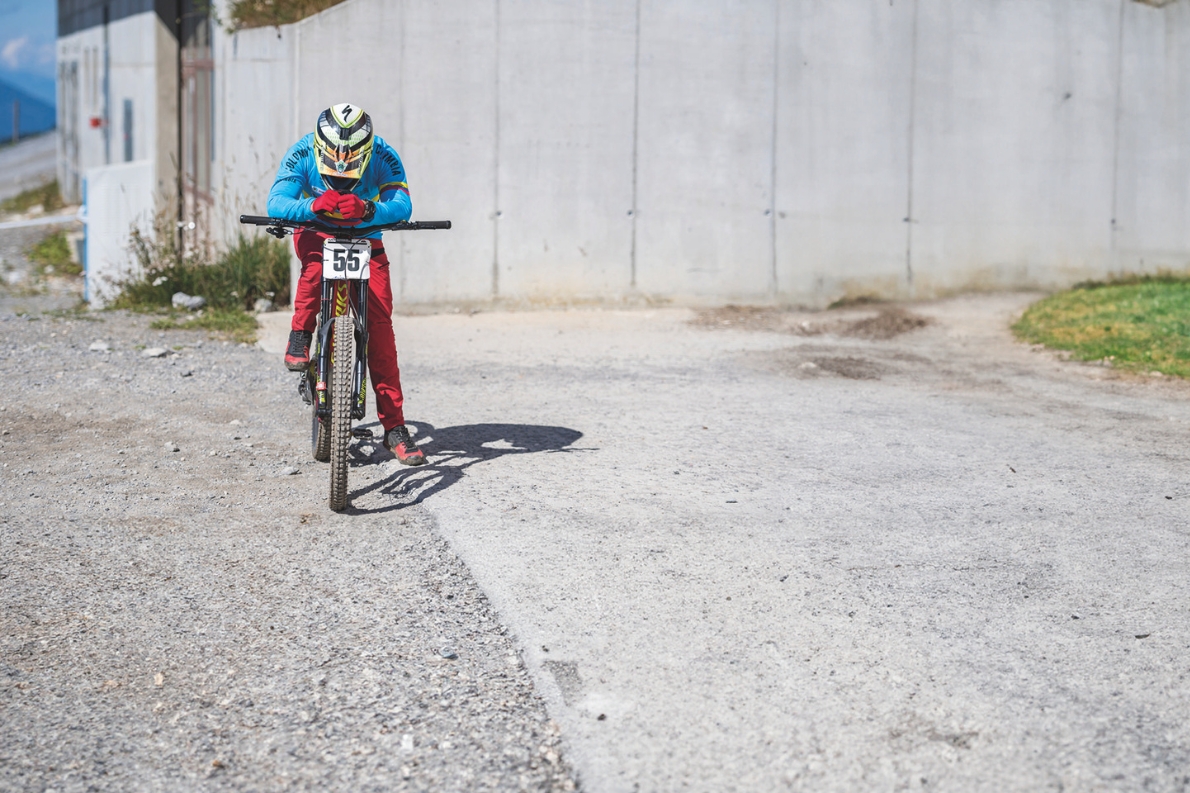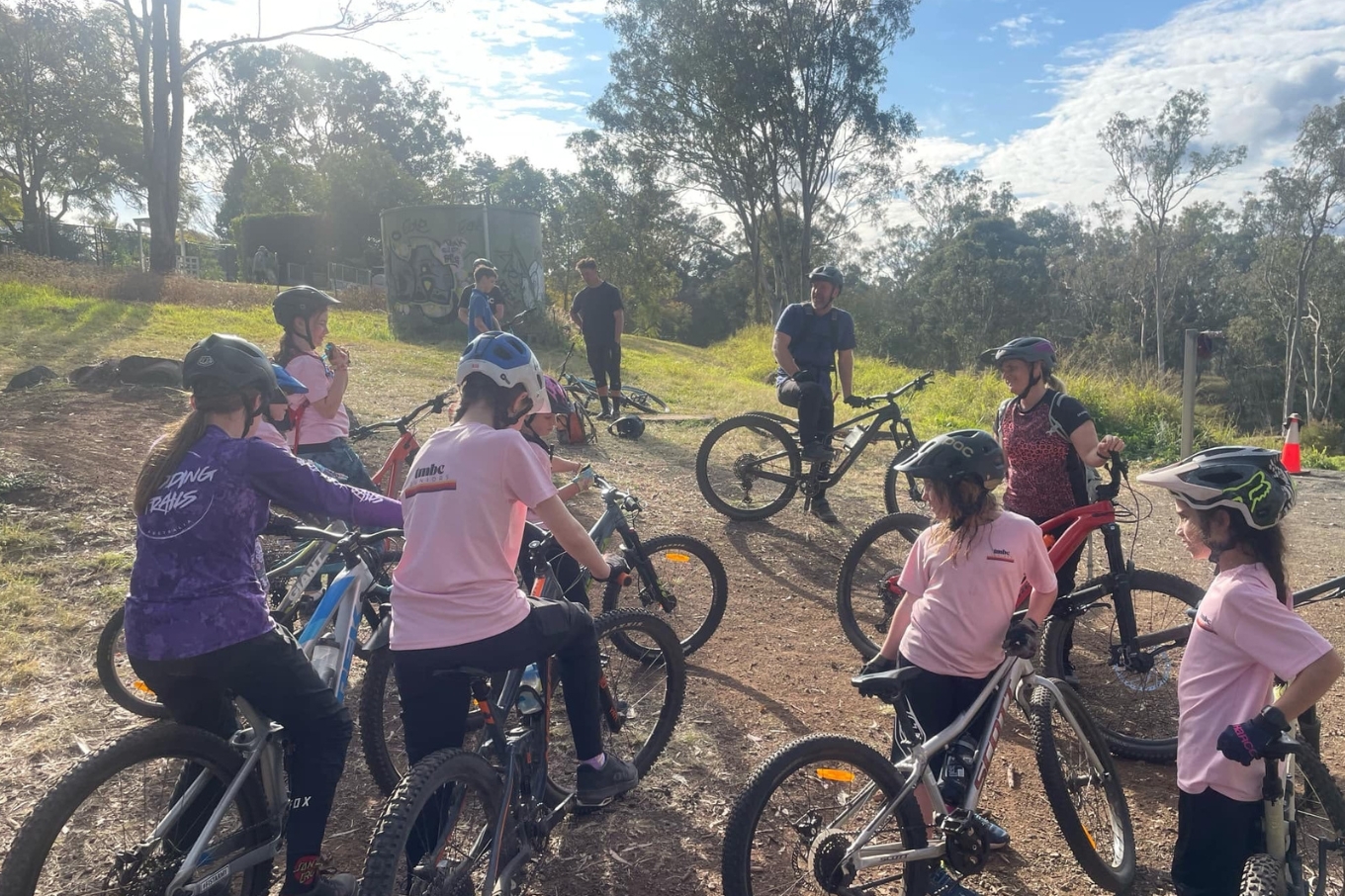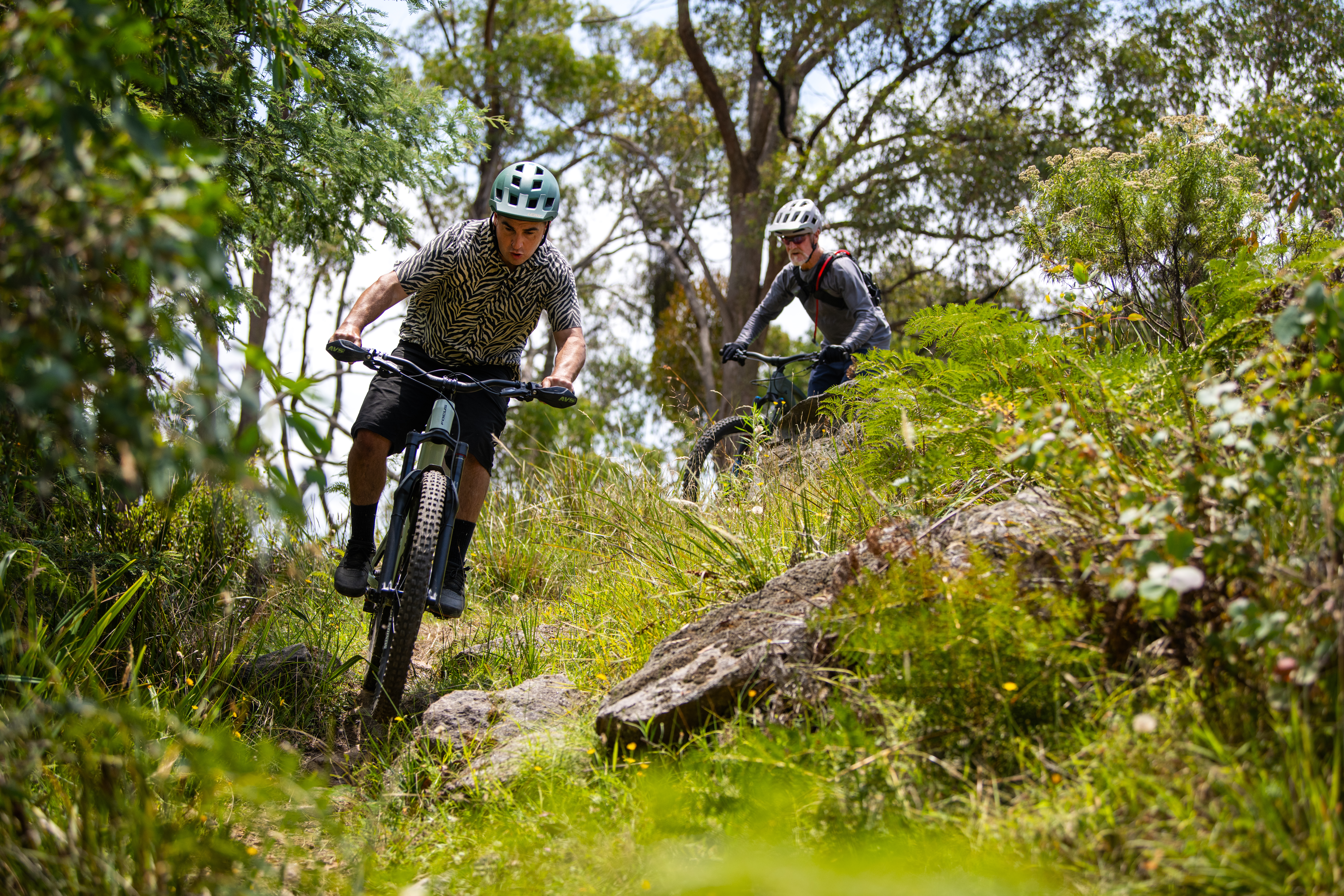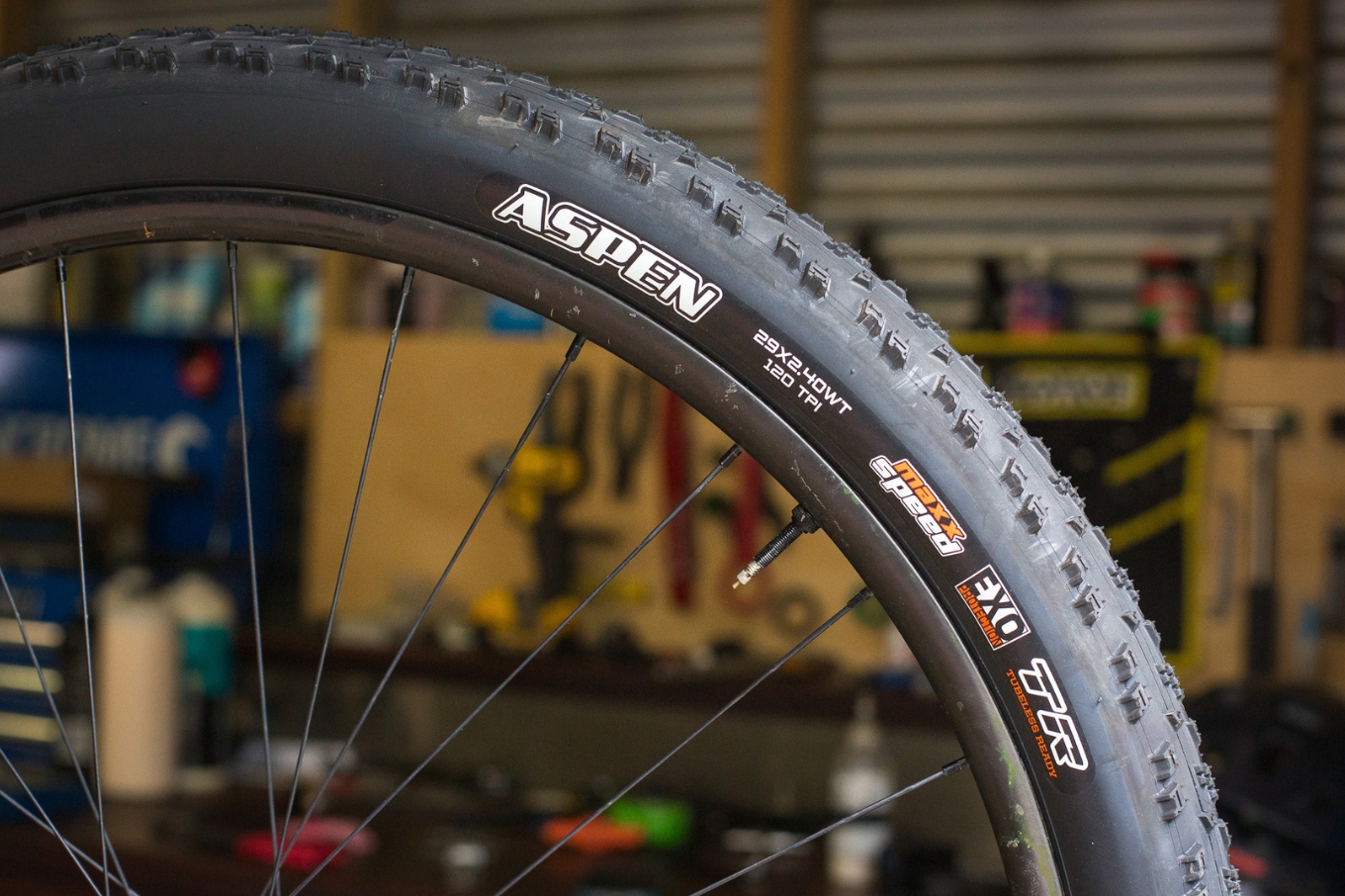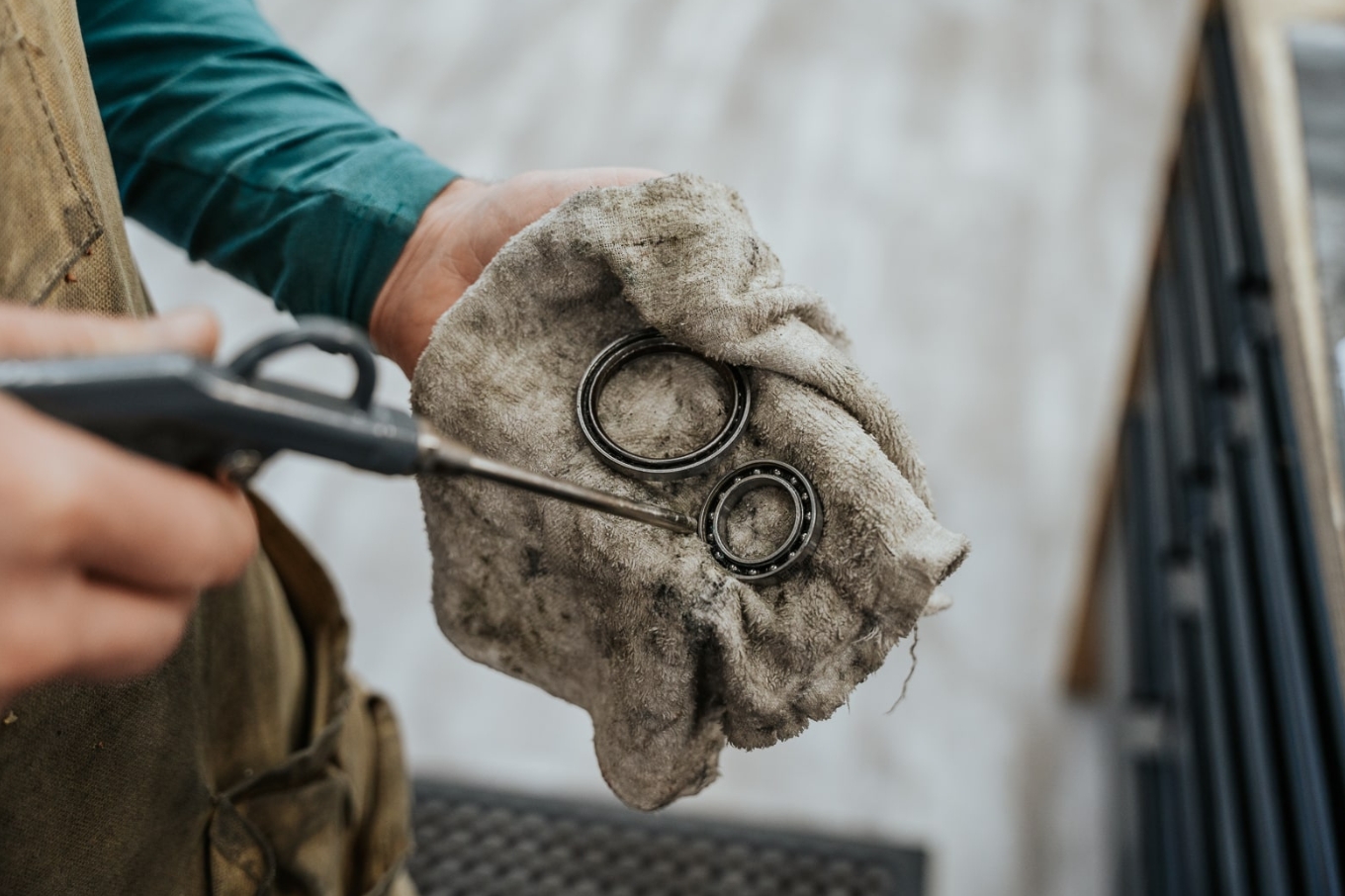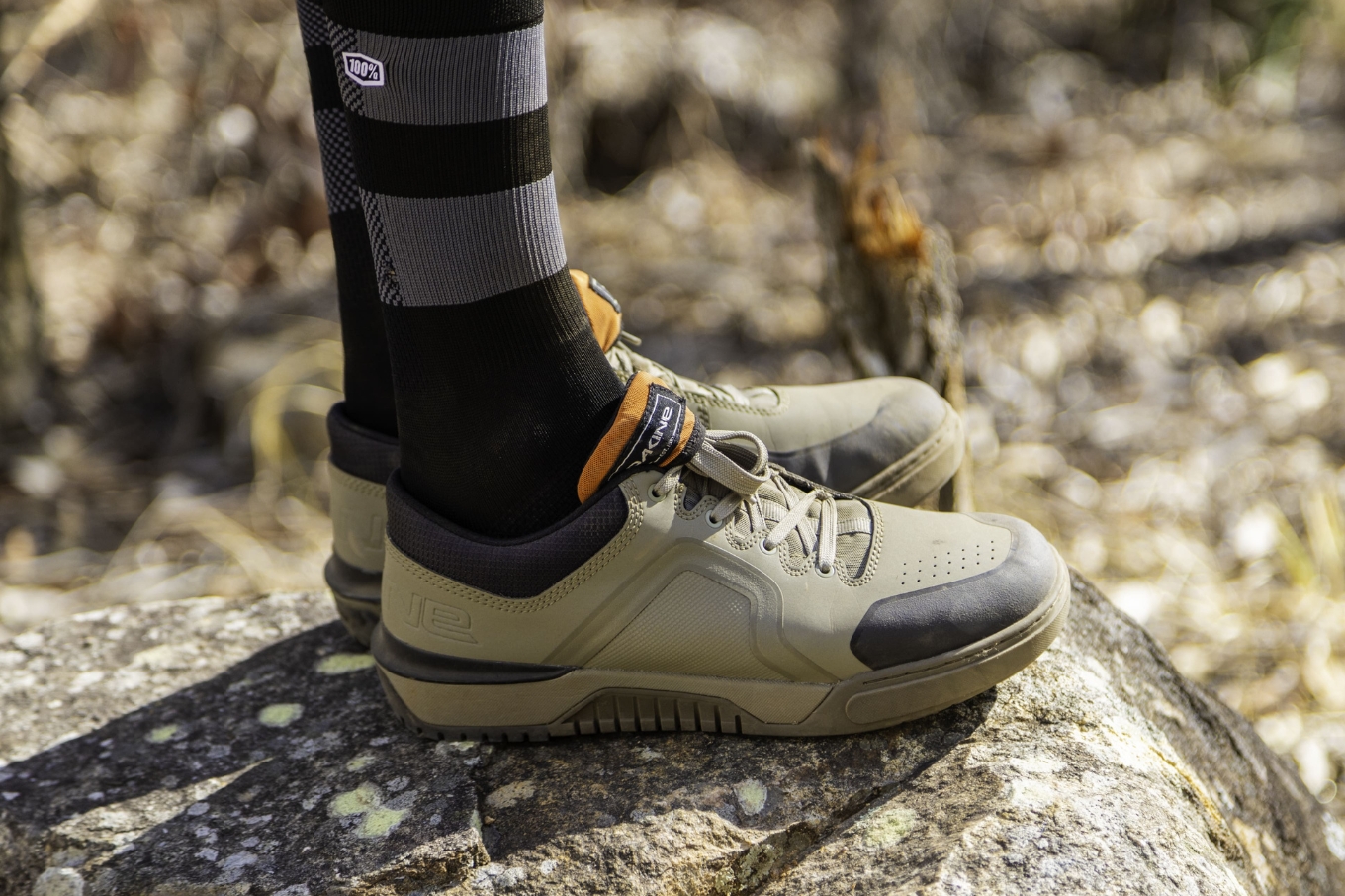The Vertical Valais: a mountain bike wonderland
In south-west Switzerland, the Valais is one of Switzerland’s 26 cantons, and Zermatt and Verbier are two of its best-known towns: Verbier for its sumptuous skiing, Zermatt for the Toblerone itself – the Matterhorn.
Photos: Imogen Smith and Mike Blewitt
Almost every tourist who sets foot in Switzerland will visit the Valais, and many will go nowhere else, simply because every piece of the quintessentially ‘Swiss’ experience is here for the taking: The skiing, the cheese, the cows; the Matterhorn, the hiking, the chocolate. In south-west Switzerland, the Valais is one of Switzerland’s 26 cantons, and Zermatt and Verbier are two of its best-known towns: Verbier for its sumptuous skiing, Zermatt for the Toblerone itself – the Matterhorn. Both sit atop lush alpine valleys that feed north to the Rhône, which flows through Lake Geneva and then France, into the Mediterranean Sea.
The Valais boasts 40 of Switzerland’s 52 summits above 4,000 metres, and 38 of those tower above Zermatt, a village whose population of 6,000 swells to over 40,000 during peak ski season. Summer is busy here too, with hiking, fishing, and mountain biking drawing immense numbers. Walking trails are open to bikes and have yielded technical, rocky, steep descents and picturesque singletrack, and there are plans to build flow trails in the coming years.
But Zermatt is just half of this story. Verbier is just a stone’s throw away but it takes a couple of hours by car and a language change (to French) to get there: virtually inaccessible mountain ranges separate the Val de Bagnes from Zermatt’s Matter Valley. Known as one of the Four Valleys ski resorts in winter, and a premium destination for fantastic snow, vibrant nightlife, and spending money, when summer arrives the snow melts to reveal an established bike park designed for getting big air on big rigs.
Zermatt
From above, Switzerland looks like a giant mechanised toy set, designed, owned, and operated by a mad genius, so we’re not surprised that you don’t actually drive into Zermatt – it’s car free – you board yet another train.
It’s high summer, and perfect weather, so Zermatt’s Bahnhofplatz is buzzing with tourists. Everyone wears the same uniform: hiking pants, technical shirts, headbands, Salomon boots, backpack and walking sticks, and everything is dominated by the Matterhorn, which is visible from just about any open area, and enthralling to the point of distraction. At our hotel we close the curtains whenever we need to get work done, and at breakfast Japanese tourists alternate between sipping miso soup and gazing out the window. In Zermatt, coffee gets spilt, toes get stubbed, and elbows get bumped more than anywhere else in the world because no-one is looking where they’re going, transfixed by the towering crooked pyramid.
Another Swiss day, another Swiss train ride. This time we’re with professional guide, Adrian Greiner, who’s taking us on Zermatt’s most iconic enduro ride. It’s a 35-minute trip to the Gornergrat, a gasping 3,080 metres above sea level. On the way up we see a family of marmots, alpine meadows, lakes and glaciers, all in the shadow of the mountains.
Adi, who owns the local bike school and employs four other guides, working mainly with British, American, Australian and Swiss MTB tourists, lives at Zum See, a tiny summer grazing village several hundred metres higher than Zermatt. His daily commute is an 11 kilometre singletrack flow down from his wood hut to the town. Adi rides a very cool Liteville 601, with SRAM XX1, Syntace wheels, and a BOS fork. He has a tiny cow bell on his handlebars that jingles as we ride. He explains that there has been occasional tension between hikers and bike riders, who are permitted to use any trail as long as they have the ability and the equipment to ride it. Hiking is a Swiss national pastime, and unfortunately mountain bikers’ reputation as inconsiderate, speeding, skidding barbarians is not unique to Australia. The cowbell acts as a gentle warning.
‘They hear the bell and it’s a familiar sound, and they’re happy to see us,’ he says.
‘All the biking stuff is just beginning,’ he explains. ‘The Swiss, we want to do it right for everyone, but to change something takes a while.’
Riding on hiking trails may gradually be phased out, with separate, specially-built flow trails in the pipeline. In the meantime, Adi, who has been eyeing off our cross country hardtails (head angle 71.5°) asks us to drop our seat posts and points out the window. ‘This is the trail down there,’ he says, pointing at a chute of jagged rock… ‘so it’s quite rough’. It’s not the first time we’re asked to do this in the Valais.
Thredbo has the largest vertical drop of any Australian ski resort at 670 metres. From the Gornergrat we descend 1700 metres over 20 kilometres, taking in the Gorner Glacier – the second longest in the Alps, and the Riffelsee, one of the most photographed lakes in the world because of its perfect reflection of the Matterhorn. The Matterhorn is visible from just about any angle, and it’s the easiest photo shoot we’ve ever done – every frame looks like a postcard. For lunch we stop at Restaurant Zum See in Adi’s home village and order handmade wild nettle and ricotta ravioli, regional specialty of barbequed calf’s liver salad, and dessert of native rhubarb flan made from a variety endemic to that corner of the valley only, gathered in the field next to where we sit soaking up the midday sun.
‘Good adventures, good food, good sleep,’ says Adi, ‘That’s the Zermatter way.’
We ride down from Zum See in pine woods alive with flowers, butterflies, and insects, past tiny huts and miniature villages, one of which is being used as a set by a group filming an ad for cheese. A boy and a girl in traditional Swiss costume sharing a staged picnic with the Matterhorn in the background.
We’re free for the next two days to explore the other side of the valley, and we swap our hardtails for 160mm Cube Fritzz all-mountain bikes. Thus equipped, we search out the same enduro experience we’d had the day before, but with better cushioning.
We board yet another crazy Swiss rail project – the Sunnegga Express – the world’s first funicular railway to run entirely inside a mountain, and take our time descending for a couple of runs from a moderate 2,288 metres. At lunch we visit the Findlerhof – a gorgeous restaurant in a cluster of ancient timber huts surrounded by green pastures. Here, it’s healthy salad, soup, mineral water, and back on the trails.
The next day we’re joined by Kyle Ward, Aussie under-23 XCO racer who’s been chasing World Cups in Europe and looking to finish his trip with some adventure. Today we’re going as high as we can take the bikes, via funicular, cable car, and telecabine to Rothorn at 3,103 metres where, perhaps suffering from the altitude, we cease to follow any advice we’ve been given about where to ride and try to find the most interesting trails on our own. We end up riding on the top of a collapsing scree deposit some 200 metres high, crumbling beneath our tyres, then down sliding rock switchbacks, over tiny streams, up and down rocky faces.
Kyle has a Swiss woman in tears when he nails a descent so gnarly we’re not even sure we should photograph it (in case things don’t turn out), and hordes of Japanese tourists turn to us, en masse, to snap photos as we sweep by, as if mountain bikers were as rare and special a sighting as steinbock or chamois.
That night we eat at the Hotel Post Zermatt with Pascal Gebert, head of e-marketing and sales at Zermatt Tourism. Hidden behind a nondescript front door on the main street, it incorporates lounges, restaurants, bars and clubs inside a 300-year-old chalet with stone walls and exposed beams. Over local wine and fresh pasta he tells us about his work growing tourism from China and the Gulf States, and tries to explain what makes Zermatt so special. ‘Show a child the Matterhorn’, he says ‘and he’ll draw mountains that shape for the rest of his life.’
‘It’s the definition of a mountain.’
The Toblerone Mountain
Stories about the origins of Switzerland’s most famous chocolate, the Toblerone, abound. It’s the shape of a woman’s breast, it’s the human pyramid that acrobatic dancers made at the Folies Bergeres when Theodor Tobler, inventor of the confectionary, last saw them. We’re going to run with the most popular origin story – it’s the Matterhorn – there’s a picture of it on the wrapper, so we’re pretty sure this is a safe bet.
Invented in 1908 by Theodor Tobler, the name is a combination of his surname and the Italian word for nougat, torrone. The secret recipe combining chocolate, almonds, honey, and nougat in a pointy row is available in 122 countries, including Australia, but still made in its factory in Bern. It’s the last chocolate bar still produced in Switzerland.
Next time you buy a Toblerone, take a close look at the shadow cast on the north face of the Matterhorn. It’s a bear. The Bern bear, the symbol of the chocolate’s home town.
Verbier
When we meet Vincent Riba from Verbier Tourism the next day, he can only agree.
‘They’ve got it easy’ he laughs ‘They just print a picture with the mountain on it and people come. Here, we have to work harder.’
While winter in Verbier has the celebrity jet-set clawing for bookings, summer can be quiet, and the resort town relies on events to sustain visitor numbers. During this summer there’s international show-jumping, ultra and trail running races, music, arts festivals, and road racing. And then there’s Grand Raid, one of the biggest and toughest mountain bike marathons in the world and a feature of every Verbier summer. And in the interest of research, we’ve entered it.
But first it’s time to head to Verbier Bike Park. Our guide is Brice Cantenot, and Brice is worried. He has forearms the size of Christmas hams and comes armed with a full-face helmet, back protector, and a very BIG Mondraker Summum Pro downhill rig. He’s spotted our XC hardtails (head angle 71.5°) and it’s clear to everyone that we’ve brought a couple of carbon fibre cushions to a gunfight. We obediently lower our seat posts and try to look bigger and tougher. At least we brought the baggies.
Once we’ve ridden the first section of trail, though, the bikes are forgotten. Here on the runs is the kind of relaxed camaraderie that surfers, for all their chilling and stokedness, only dream of. Everyone says ‘salut’, and everyone exchanges encouragement. When a kid of about six, in full DH kit, rides down a red run, a bunch of knockabout 20-year-olds wait patiently at the top, giving the little fellow plenty of room. There’s so much gentle politesse among these burly, dreadlocked bikers that they’d put the Royal Ballet School to shame.
We’ve well and truly warmed up on a couple of blue runs and even a red, the The Rôdze, with its 65 jumps, and Brice takes us over the latest jewel in the Bike Park’s crown. Bortabiche is a black diamond run with stunning views to the Grand Combin glacier and Dents du Midi, with a new section of northshore that arcs and bucks over a giant moraine field. There’s nothing quite like it anywhere else in the world. Riding it is truly uplifting. It’s originality, breathtaking.
It’s Brice’s design. In winter Brice is in charge of Verbier’s freestyle Snow Park, but summer is his favourite season, spent building, maintaining, and riding the Bike Park’s seven downhill tracks. He’s heading to Whistler next season to do some research, but doesn’t want to draw too much influence from mountain biking’s most popular destination.
‘I want to build trails that respond to Verbier, that are unique to this place,’ he says. ‘That is where the satisfaction comes from for me.’
The Bike Park is subject to local regulations that limit land clearing either side of the trails to about a metre-and-a-half total. While this might sound like a lot, this kind of clearance in pine forest, tree to tree, is just enough to remove some rocks and fallen logs and find the right contours, so singletrack is very narrow –a foot or so wide, and B-lines are scarce (although most jumps are rollable).
Such limitations make for a genuine mountain bike experience, and Brice’s creativity is in every corner and obstacle. Places like Châtel and Morzine, in Portes du Soleil, Whistler, and even Skyline in Rotorua can become bike superhighways – multiple lines appear, corners straighten out, tracks widen. There’s no chance of this happening in Verbier.
We understand why Brice was worried: If our bikes had been really unsuitable, we would have been left with little to do – there’s no green-rated riding in Verbier Bike Park. Every run we’re committing to whatever the trail dishes up – the only other option is walking.
‘I ride these trails a lot, Brice says, ‘I know these trails. But still, I would never ride them on a cross country bike.’ We take it as a compliment.
Then the day comes when our bikes are just right. Grand Raid. 125 kilometres, 5,025 metres of climbing, and an early start: The winning men take just over six hours, but punters can take more than 12. The atmosphere is positively festive: It’s the race’s 25th anniversary and there’s a fondue party at the finish line. Christoph Sauser: World Champion, multiple European Champion and Olympic medallist, tweets a photo of his first Grand Raid, a tiny, skinny kid of 11 or 12 years. The enthusiasm for this kind of suffering throughout Europe is astounding and they get hooked when they’re young.
We get home from Grand Raid at 10pm and the next day we take it easy, with a walk through the sculpture park, watching paragliders sail into the Val de Bagnes. Mountain bikers zoom past us, chatting and laughing, reminding us that some of the most exciting riding is the stuff we won’t have time for: Verbier boasts 21 official enduro itineraries – 200 kilometres of trails of which 75 are singletrack, most of which is on hiking routes that yield challenging trail. It’s the result of careful negotiation with hiking groups and authorities.
In all, Verbier gives mountain bikers access to 826 kilometres of riding that’s the best of every discipline, from downhill to cross country; from multi-day adventures to sixty-second thrills. Be sure to give yourself long enough to enjoy it all.
